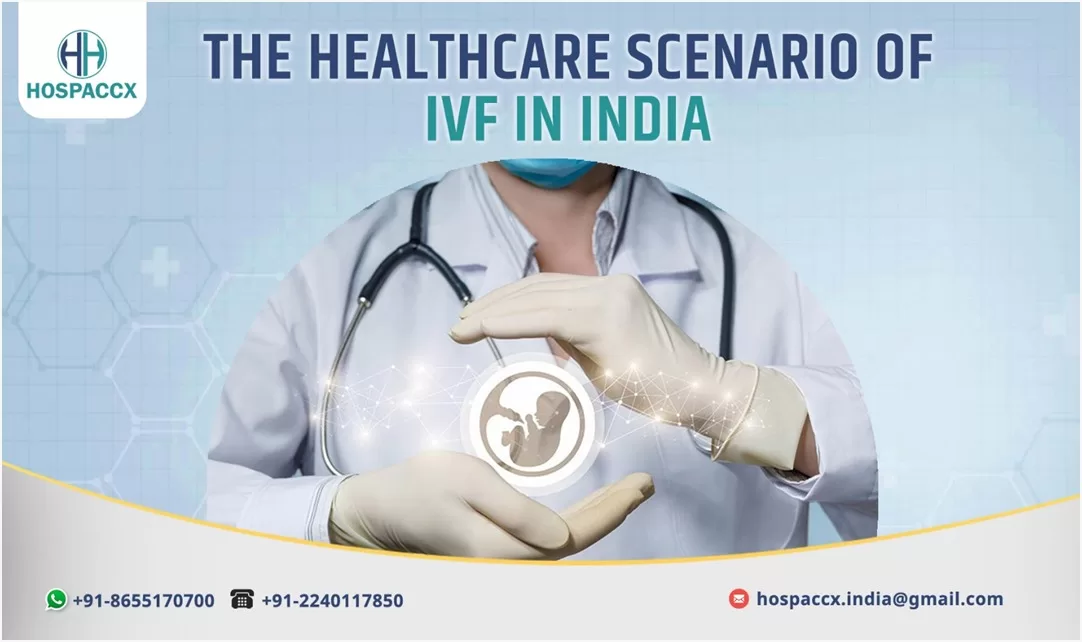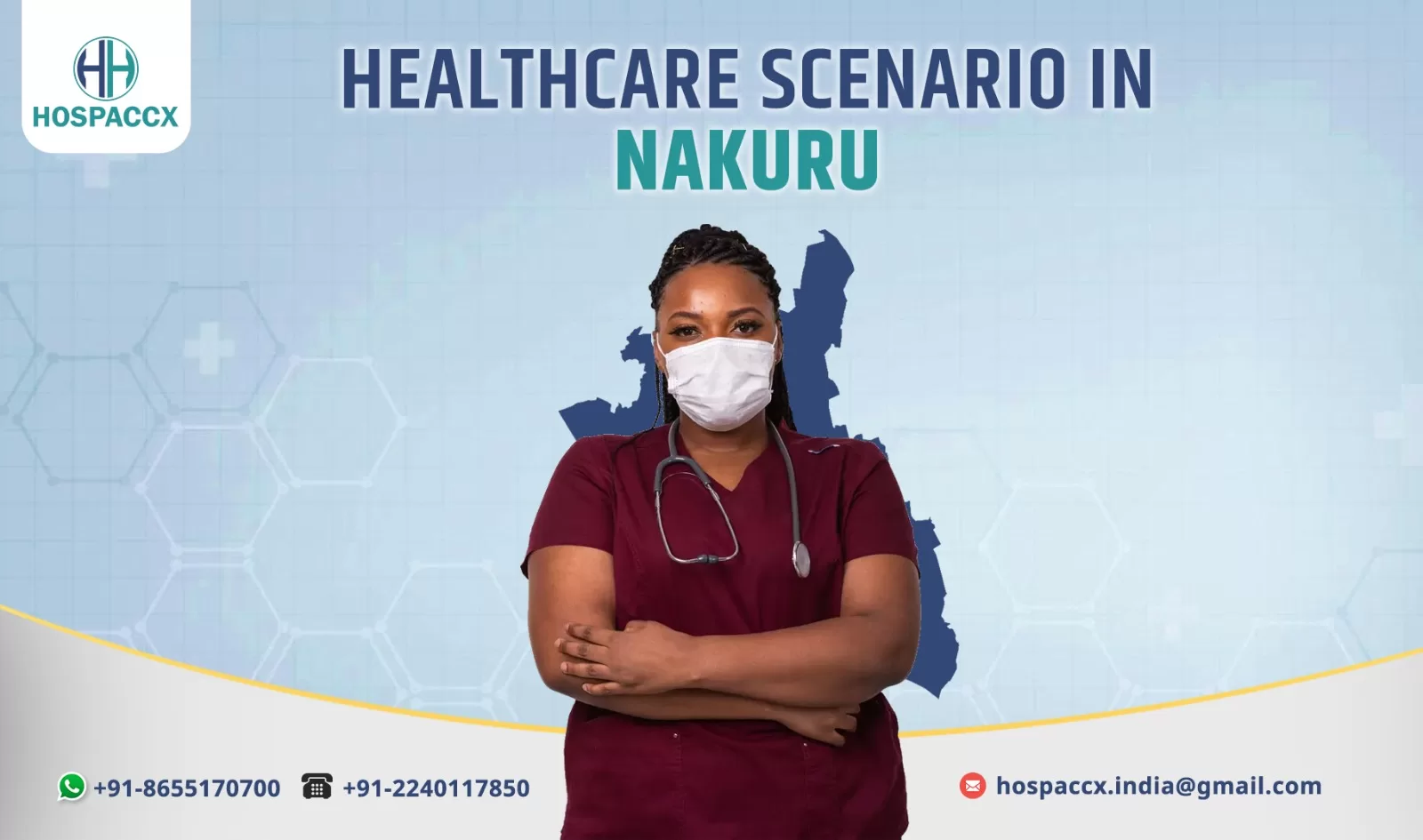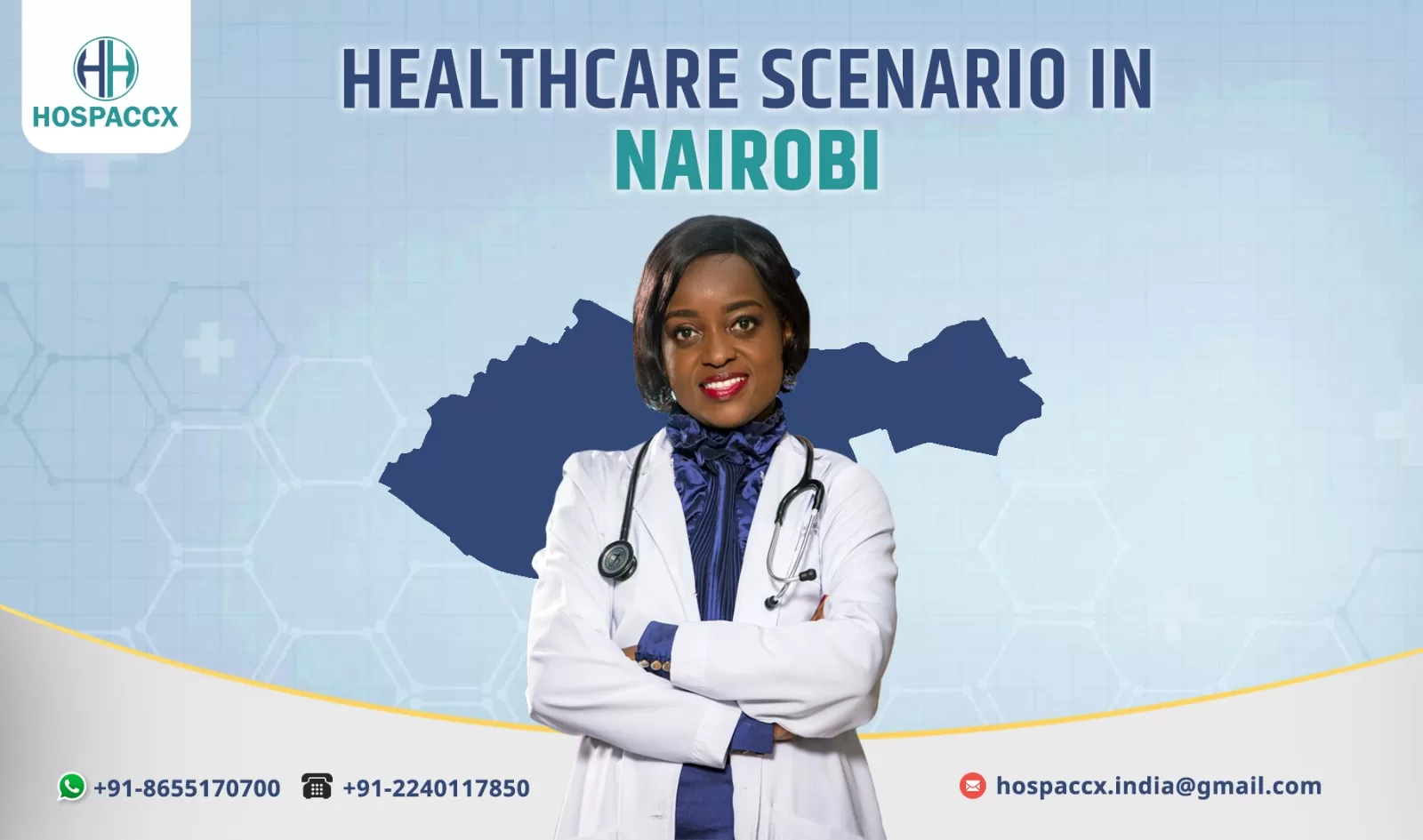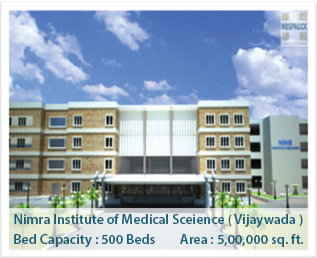Are you planning to build or restructure or venture in any healthcare venture in Congo? Looking for information about the major healthcare players in government, private diagnostic centers that are available in Congo? Are you looking to find out which part of the of the city’s is best to venture in or what all facilities are available and what all should be planned for new setup? In this article Hospaccx Healthcare Consultancy has mapped all on major players in terms of medical facilities and healthcare scenario of Congo.
Below is the superficial and macro level survey if you need a refined market and financial feasibility or any other study related to healthcare is required you can contact Hospaccx Healthcare business consulting Pvt. ltd on info@hhbc.in or hospaccx.india@gmail.com Or you can visit our website on www.hospaccxconsulting.com
Introduction
Congo or Kongo may refer to either of two countries that border the Congo River in central Africa. Firstly, the larger Democratic Republic of the Congo to the southeast (capital: Kinshasa), formerly known as Zaire and sometimes referred to as “Congo-Kinshasa”. Secondly, the smaller Republic of the Congo to the northwest (capital: Brazzaville) and sometimes referred to as “Congo-Brazzaville”.
The Republic of Congo is located along the equator in Central Africa. It is bordered in the north by Cameroon and the Central African Republic; in the west by Gabon; in the East by the Democratic Republic of Congo and by Angola in the southwest. The Republic of the Congo was established on the 28th of November 1958 but gained independence on June 30, 1960.
Population
The current population in 2022 of the DR Congo is 95,272,415 based on the latest United Nations estimates. The Congo population is equivalent to 1.1% of the total world population. The Congo ranks number 16 in the list of countries (and dependencies) by population. The population density in the DR Congo is 16 per Km2. (42 people per mi2)
Connectivity
Transport in the Republic of the Congo includes land, air, and water transportation. The country’s rail system was built by forced laborers during the 1930s and largely remains in operation. There are also over 1,000 km of paved roads and two major international airports (Maya-Maya Airport and Pointe Noire Airport). The country also has a large port on the Atlantic Ocean at Pointe-Noire and others along the Congo River at Brazzaville and Impfondo.
Education
Democratic Republic of the Congo, according to UNESCO has an adult literacy rate of 77.31%. While the male literacy rate is 88.86%, for females is 66.04%, showing a big gap between the sexes.
Public Health in Congo
The DRC has been polio-free for over three years, a major achievement given its size and the lack of infrastructure for delivering health services. In 2022, the CIA estimated the average life expectancy in the DR Congo to be 55 years: 53.9 for the male population and 56.8 for females.
On the other hand, Malaria remains a major health problem. In 2022, the DRC accounted for 12 percent of all malaria cases and 11 percent of deaths worldwide. Malaria is responsible for nearly 1 out of 5 deaths of children under age 5. The Democratic Republic of the Congo (DRC) was once renowned in Africa for its network of clinics, quality of physicians, and primary health care system. Over the past three decades, the political and economic collapse of the country has had a dramatic impact on this system.
Healthcare scenario in Congo
Hospitals and clinics lack personnel and equipment, and often run out of critical medicine and supplies. An estimated 70 percent of Congolese have little or no access to health care. In 2018, with only 8 percent of women using one form of contraceptive, the fertility rate in the DRC remains among the highest in the world at 6.6 children per mother. Nearly 39 percent of women of childbearing age are anemic and 14 percent are underweight. Rates of malnutrition have remained very high for two decades: 43 percent of children under age 5 are stunted, an indication of chronic malnutrition, and 8 percent are wasted, an indication of acute malnutrition.
Based on 2020 estimates published by the World Health Organization, the DRC is among the 14 countries that account for the majority of TB, TB/HIV and MDR-TB cases in the world. The prevalence of HIV/AIDS in the DRC is lower than in many sub-Saharan African countries, at 1.7 percent in the general population (age 15-49), but higher among key populations.
Challenges facing the Healthcare Sector in Congo
Sub-Saharan Africa has the highest global burden of tuberculosis (TB) and HIV/AIDS. The Republic of Congo is on the World Health Organization (WHO) list of ‘high burden’ countries for TB and HIV
The implementation of collaborative TB and HIV activities to evaluate and monitor the management of TB and HIV co-infected individuals remains inefficient in most regions, including the Republic of Congo.
Aligning and integrating TB and HIV treatment services through coordinated and collaborative efforts between individual TB and HIV programs is required. However, the WHO recommendations are generic and health services need to tailor their programs according to availability of resources and operational feasibility.
Major Medical Colleges in the Country
Université de Lubumbashi
Established in 1955, Université de Lubumbashi (University of Lubumbashi) is a non-profit public higher education institution located in the large city of Lubumbashi (population range of 1,000,000-5,000,000 inhabitants), Haut-Katanga. This 63 years old higher-education institution has a selective admission policy based on entrance examinations.
Université de Kinshasa
Established in 1954, Université de Kinshasa (University of Kinshasa) is a non-profit public higher education institution located in the metropolis of Kinshasa (population range of over 5,000,000 inhabitants). Université de Kinshasa (UNIKIN) is a large (uniRank enrollment range: 25,000-29,999 students) coeducational higher education institution.
Université Shalom de Bunia
Founded in 1961, Université Shalom de Bunia (Shalom University of Bunia) is a non-profit private higher education institution located in the urban setting of the small city of Bunia (population range of 250,000-499,999 inhabitants), Ituri. This 57 years old higher-education institution has a selective admission policy based on entrance examinations and students’ past academic record and grades. The admission rate range is 80-90% making this Congolese higher education organization a least selective institution. International students are welcome to apply for enrollment.
Université Catholique du Congo
Founded in 1957, Université Catholique du Congo (Catholic University of Congo) is a private higher education institution located in the metropolis of Kinshasa (population range of over 5,000,000 inhabitants).
Université de Kisangani
Established in 1963, Université de Kisangani (University of Kisangani) is a non-profit public higher education institution located in the urban setting of the medium-sized city of Kisangani (population range of 500,000-1,000,000 inhabitants), Tshopo. Université de Kisangani (UNIKIS) is a medium-sized (uniRank enrollment range: 6,000-6,999 students) coeducational higher education institution. This 55 years old higher-education institution has a selective admission policy based on entrance examinations.
Major Private Hospitals in the Country
- Mutombo Dikembe Hospital
- Nganda Hospital
- Centre Medical de Kinshasa
- Centre Medical Phenix
- Bondeko Clinic
Major Public Hospitals in the Country
- General Hospital of Kinshasa
- Cliniques Universitaires de Kinshasa
- Clinique Ngaliema
Most Populous Cities in Congo
| City Name | Population |
| Kinshasa | 15,628,000, |
| Lubumbashi | 2,695,000 |
| Mbuji-Mayi | 2,765,000, |
| Kisangani | 1,366,000 |
| Masina | 485,167 |
| Kananga | 1,593,000 |
| Likasi | 605,000 |
| Kolwezi | 511,000 |
| Tshikapa | 1,024,000 |
| Beni | 232,000 |
Investment Opportunities in Congo
The DRC investment focuses on the scale-up of quality reproductive, maternal, newborn, child and adolescent health and nutrition services, with a special focus on nutrition and family planning as well as health system strengthening. The government is prioritizing the 14 provinces with the worst health and socioeconomic indicators. Results to date are showing an increase in use of new curative service from 0.25 per capita to 0.32 per capita. The quality scorecard, which is based on 150 indicators, improved from 25% to 49% after nine months of implementation.
Poor health outcomes are linked to low levels of effective coverage of high-impact reproductive, maternal, newborn, child and adolescent health (RMNCAH) services, particularly low quality antenatal and delivery care and low capacity for emergency obstetric care.
The GFF is supporting the government’s efforts to enhance domestic resource mobilization in health by exploring options both at the provincial and national levels, improve the efficiency of domestic and international financing focusing on priorities identified in the investment framework, including donor mapping, performance-based financing, community engagement, and implementation of reforms the single contract to increase resources to like enhancing coverage and quality of essential health services. These efforts are reflected in the Health Financing Strategy developed by the Ministry of Health that outlines reforms to improve public financial management of budgeted health expenditures and improve tax collection and administration.
Above is the superficial and macro level survey if you need a refined market and financial feasibility or any other study related to healthcare is required you can contact us: hospaccx healthcare business consulting Pvt Ltd on : info@hhbc.in or hospaccx.india@gmail.com. Or you can visit our website on www.hospaccxconsulting.com
















